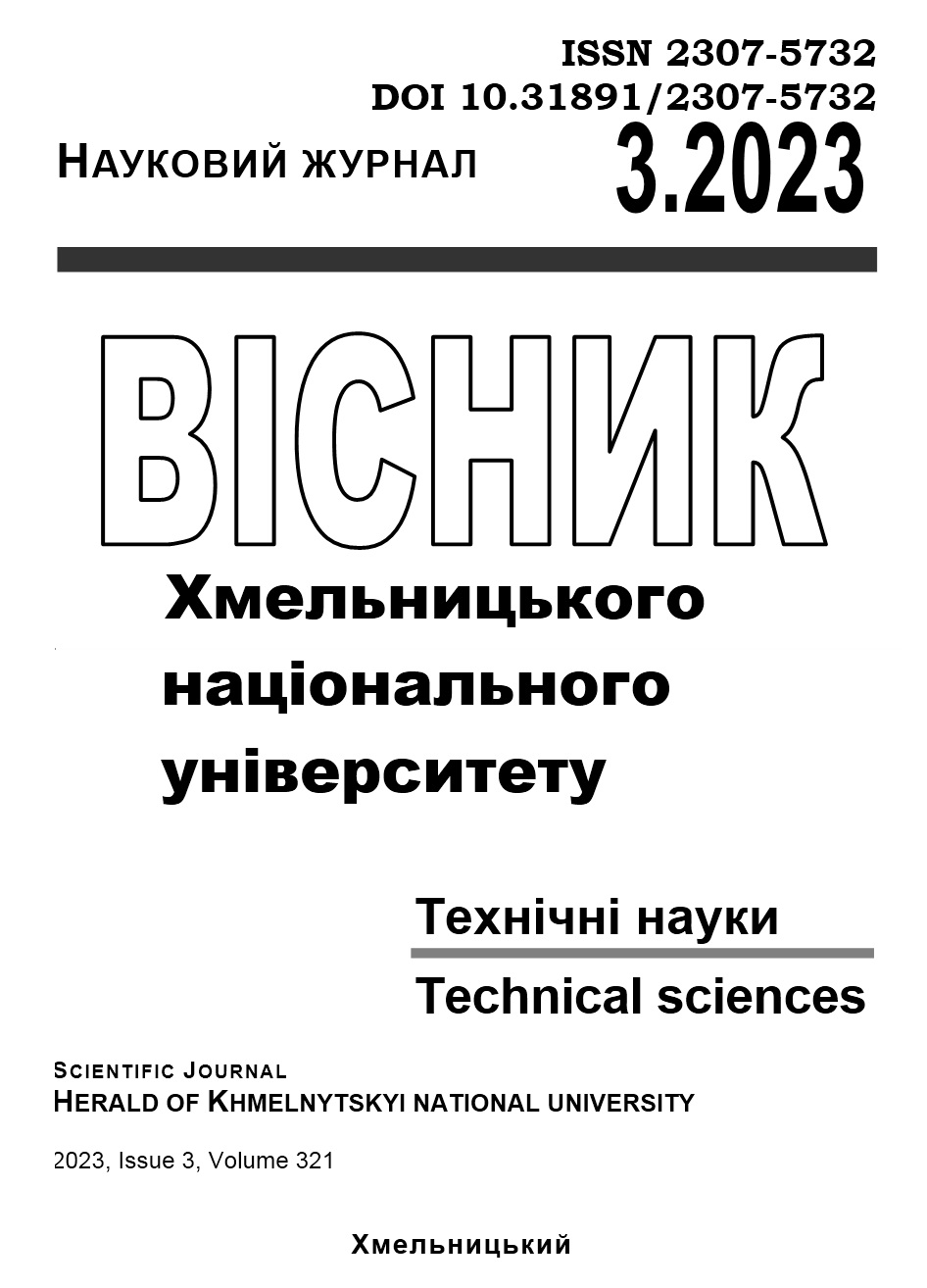MODELLING OF CONTACT INTERACTION FOR A TOOL IN THE CONDITIONS OF OUTGROWTH
DOI:
https://doi.org/10.31891/2307-5732-2023-321-3-43-47Keywords:
modelling, cutting, growth, cutting tool, contact processesAbstract
Modelling of machining processes with a cutting tool is currently an important stage for determining machining performance, cutting tool wear, and ultimately evaluating the effectiveness of its use. Such virtual studies make it possible to predict the service life of the cutting tool. Modern СAE systems allow such calculations to a certain extent, but cannot always take into account all the specific properties of the processing process, in particular, such a phenomenon as growth formation. The growth phenomenon makes serious changes in the cutting process itself by changing the actual angles and affecting the heat transfer processes. Therefore, the task of machining processes with a cutting tool in the conditions of growth formation is relevant. These processes occur in one way or another during processing with almost all types of cutting tools, in particular cutters.
The paper substantiates that, regardless of the initial shape of the cutting blade, the main part of the contact zone can be reduced to the contact between the chip and a flat full or shortened front surface, and a method of thermophysical analysis of the cutting zone is proposed, which takes into account the equivalent coefficients of thermal conductivity of the cutting blade, composed of materials of growth and tool
The practical implementation of this approach made it possible to determine that the stable shape of the wear chamfer and the associated valid law of tangential stresses take place when the back surface of the tool and the cutting surface are in full contact and the wear intensity is uniform at each point of contact.
Downloads
Published
Issue
Section
License
Copyright (c) 2023 ВОЛОДИМИР МИЛЬКО, ЮЛІЯ СОКОЛАН, ЮРІЙ САВИЦЬКИЙ, ОЛЬГА РОМАНІШИНА (Автор)

This work is licensed under a Creative Commons Attribution 4.0 International License.

